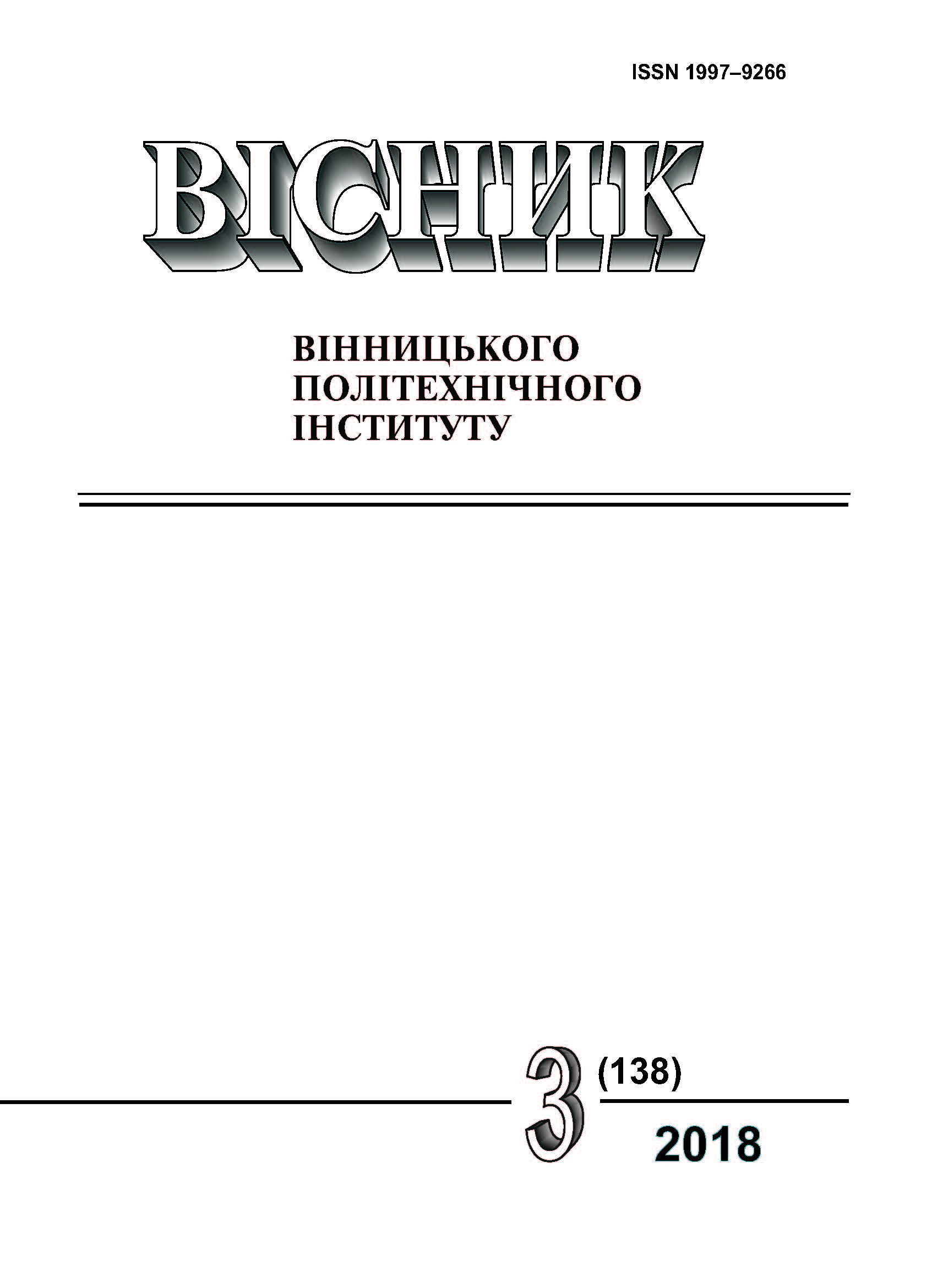Complex Assessment of Cogeneration Installations on Biofuel at Work Basic and Variable from Basic Loading Mode
Keywords:
cogeneration installation, biofuel, heat engine, system of heat supplyAbstract
The efficiency of cogeneration plants on biofuel in the base and distinct from the basic operating modes is estimated. Cogeneration plants with piston and gas turbine engines and with heat exchangers for water heating with exhaust gases have a fuel efficiency of more than 90%. The engines of these units operate on liquid and gaseous fuels, which are problematic for Ukraine, and therefore, the volumes of biodiesel and biogas use for them are increasing. The existing heat and power supply systems (HPSS) operate both in the basic mode and in variable load schedules.
The effectiveness evaluation has been carried out using the system analysis method.
There has been considered a district water heating boiler with a constant load of hot water supply during the year, which is 20 MW. Electricity for the own needs of the boiler is taken from the power grid. In the boiler room it is proposed to install a heat pump plant (HPP) with a compressor drive from cogeneration piston or gas turbine engines. The method of system analysis showed that the use of cogeneration engines in a water-heating boiler with a constant heat load is reasonable.
Also, the efficiency of cogeneration plants under the variable operating conditions is considered on the example of the enterprise HPSS. The thermal load of the enterprise (3 MW) is provided by a water-heating boiler house with gas fuel. Electricity needs are provided by the electrical network. The maximum consumed electric capacity of the enterprise is 4.3 MW. The enterprise operates 6500 hours a year under relative electric loads. In this case, the performed calculations showed the inexpediency of replacing the existing HPSS with cogeneration engines. The reasons for this are: additional operating costs, a decrease in the efficiency of engines with reduced load, high cost of engines.
References
Д. Н. Вырубов, Н. А. Иващенко, и В. И. Ивин, ред. А. С. Орлина, М. Г. Круглова, Двигатели внутреннего сгорания. Теория поршневых и комбинированных двигателей. Москва: Машиностроение, 1983, 372с.
Газопоршневая электростанция MWM TCG 2032 V16 (4300 кВт.). [Электронный ресурс]. Режим доступа: http://www.energo-motors.com/gazoporshnevaya-elektrostanciya-gazovyy-generator-mwm .
Газотурбинные электростанции Мотор Сич — технические. [Электронный ресурс]. Режим доступа: http://www.manbw.ru/analitycs/gazuturbinnye-elektrostancii-motor-sich-tehnicheskie-harakteristiki.html .
Р. Кини Размещение энергетических объектов: выбор решений. Москва: Энергоатомиздат, 1983, 320 с.
В. В. Меньшиков, Ю. И. Солнцева, и А. М. Глинка «Сравнительный анализ видов автомобильного топлива», Энергия: экономика, техника, экология. № 1, c 44-52, 2012.
Что лучше, надежнее, экономичнее для автономной электростанции: газопоршневые или газотурбинные силовые агрегаты? [Электронный ресурс]. Режим доступа: http://www.manbw.ru/analitycs/which_is_better_gas_piston_or_gas_turbine_power_units.html .
Топливо, состав горючей смеси и продуктов сгорания. [Электронный ресурс]. Режим доступа: http://www.righttransport.ru/rtos-326-1.html .
ГОСТ 12.0.003-74*. ССБТ. Небезпечні і шкідливі виробничі фактори. [Електронний ресурс]. Режим доступу: http://www.budinfo.org.ua/.../DST-12-0-003-74-SSBT-Nebezpechni-i-shkidlivi-virobnichi .
Downloads
-
PDF (Українська)
Downloads: 128
Published
How to Cite
Issue
Section
License
Authors who publish with this journal agree to the following terms:
- Authors retain copyright and grant the journal right of first publication.
- Authors are able to enter into separate, additional contractual arrangements for the non-exclusive distribution of the journal's published version of the work (e.g., post it to an institutional repository or publish it in a book), with an acknowledgment of its initial publication in this journal.
- Authors are permitted and encouraged to post their work online (e.g., in institutional repositories or on their website) prior to and during the submission process, as it can lead to productive exchanges, as well as earlier and greater citation of published work (See The Effect of Open Access).





